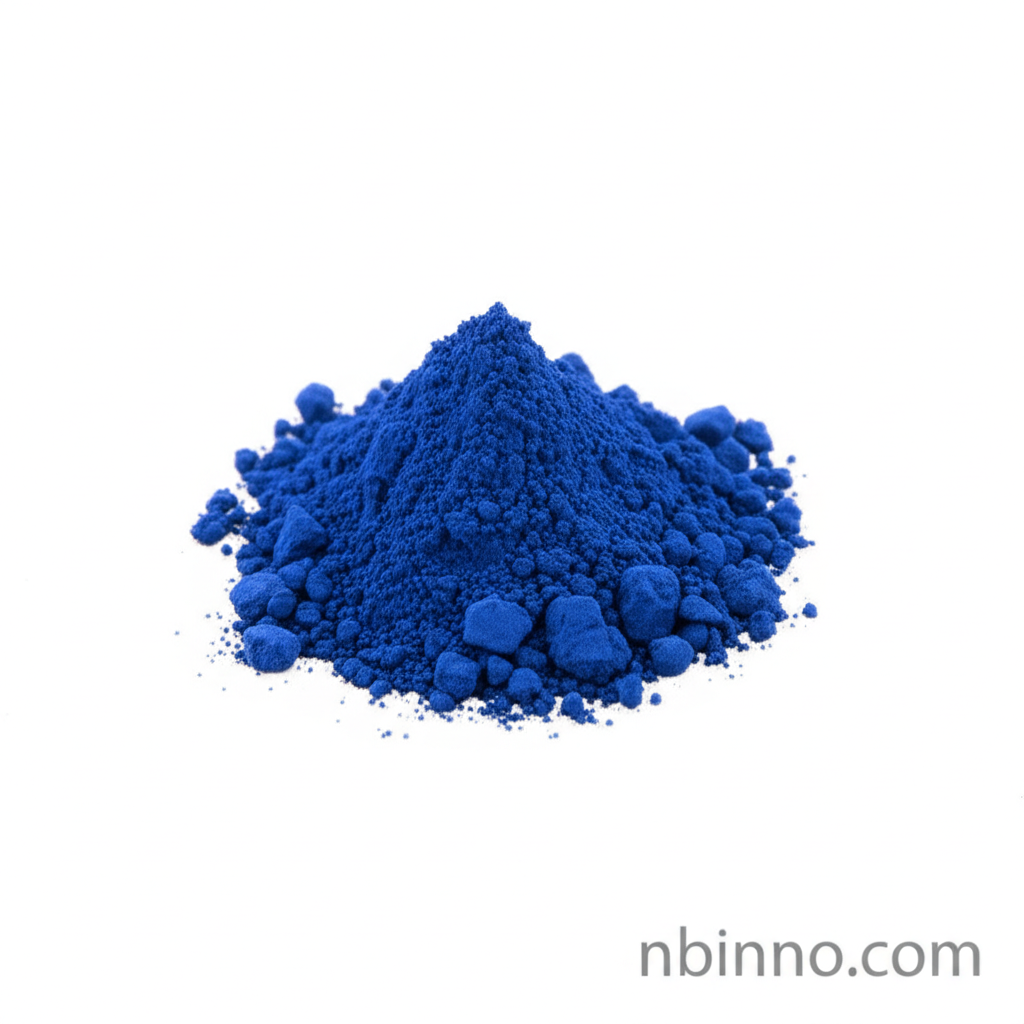Unlock Next-Generation Energy with BTP-4F-12: The Advanced N-Type Acceptor
Discover the cutting-edge capabilities of BTP-4F-12, a revolutionary non-fullerene acceptor driving advancements in organic solar cell technology. Experience enhanced solubility and superior performance for your green energy solutions.
Get a Quote & SampleProduct Core Value

BTP-4F-12
As a leading supplier in China, we offer BTP-4F-12 (Y12), a sophisticated non-fullerene acceptor that is a key component in the development of high-efficiency organic solar cells (OSCs). Its advanced molecular design, featuring longer alkyl chains compared to its predecessor Y6, significantly improves solubility, making it compatible with environmentally friendly, non-halogenated solvents. This characteristic is vital for scalable and cost-effective manufacturing processes in the field of organic electronics.
- Achieve superior performance in organic solar cells by leveraging the exceptional characteristics of BTP-4F-12, a leading non-fullerene acceptor.
- Explore the benefits of solution processability with BTP-4F-12, facilitating mass device production with reduced environmental impact.
- Enhance your organic photovoltaic (OPV) device efficiency by integrating this high PCE material, pushing the boundaries of solar energy conversion.
- Benefit from the improved stability and low energy loss offered by BTP-4F-12, ensuring reliable and long-lasting performance in your applications.
Key Advantages of BTP-4F-12
Enhanced Solubility
The incorporation of longer alkyl chains in BTP-4F-12 (Y12) significantly boosts its solubility in a wider range of solvents, including non-halogenated options. This attribute is critical for achieving efficient solution processability, a cornerstone for mass device production in organic electronics.
High Efficiency in OPVs
BTP-4F-12 demonstrates excellent performance in organic solar cells, achieving impressive Power Conversion Efficiencies (PCEs) of up to 16.4% when paired with compatible donor polymers like T1. This makes it a premier choice for developing next-generation high PCE organic photovoltaics.
Eco-Friendly Processing
Its superior solubility in non-halogenated solvents supports greener manufacturing processes. Utilizing BTP-4F-12 contributes to developing more sustainable solutions in the renewable energy sector.
Key Applications
Organic Solar Cells (OSCs)
BTP-4F-12 is a prime non-fullerene acceptor material, critical for achieving high power conversion efficiencies (PCEs) in OSCs, forming the backbone of advanced organic photovoltaics research.
Organic Field-Effect Transistors (OFETs)
The electronic properties of BTP-4F-12 also make it suitable for use in OFETs, contributing to the development of flexible and printable electronic devices.
Organic Photovoltaics (OPVs)
As a key component in OPVs, BTP-4F-12 enables efficient light harvesting and charge separation, advancing the efficiency and applicability of solar energy conversion technologies.
Green Energy Solutions
By enabling more efficient and sustainable solar energy harvesting, BTP-4F-12 plays a vital role in the broader development of green energy solutions and advanced materials science.
